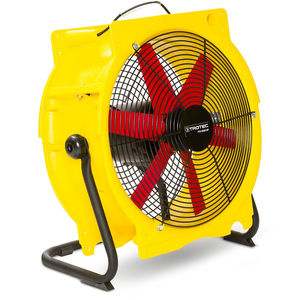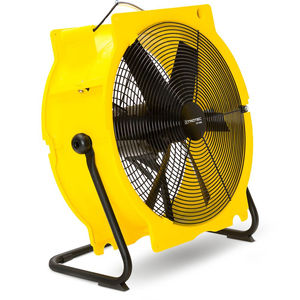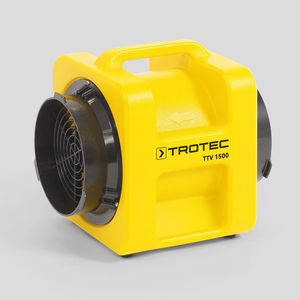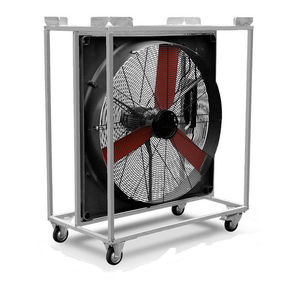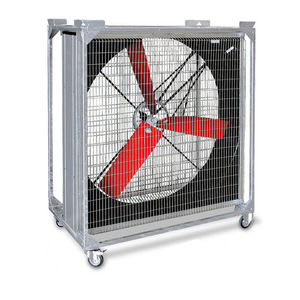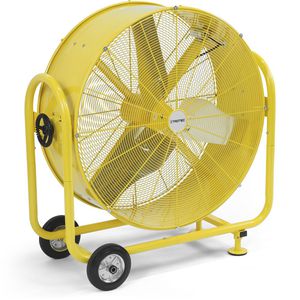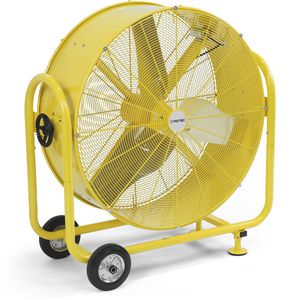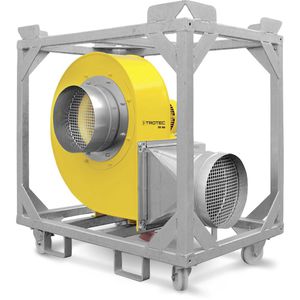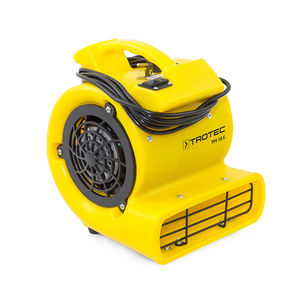
Farm building fan TFV 300 EXfor air circulationradial
Add to favorites
Compare this product
fo_shop_gate_exact_title
Characteristics
- Application
- farm building
- Function
- for air circulation
- Other characteristic
- radial
- Air volume
7,000 m³/h
(247,202.7 ft³/h)
Description
The robust fan solution for high compression in ex-proof zones
Due to its great air transport capacity with high air pressure, the TFV 300 Ex is suitable for manifold ventilation applications in class 2 ex-proof zones, e.g. for tank cleaning, in docks, refineries, shafts or silos.
This high-quality device doesn't mind aggressive surroundings, for the radial fan designed according to ATEX directive 2014/34/EU is integrated in a robust, powder-coated steel housing with highly resistant two-component finish. All desired steel grades are optionally available.
Even in case of long air transport routes with multiple arcs and hose distances of 40 metres the TFV 300 Ex impresses with a high air transport capacity. Because, in contrast to axial fans, this powerful radial fan conveys air vertically to the rotor axle according to the operating principle of a centrifuge, where air is pressed to the outside and condensed in a helical housing.
Switches, cables and plugs of the TFV 300 Ex are approved for use in explosion hazard conditions. Furthermore, appropriate connection plugs, approved for use in zones 1, 2, 21 and 22, are available for connection extensions.
In addition to the frameless standard version the TFV 300 Ex is optionally also available as depicted incl. additional frame made of galvanized steel and with robust wheels, forklift slots and crane lifting lugs. The transport frame offers maximum mobility and is optimally suited for use at frequently changing locations.
Catalogs
Air Handling Solutions
162 Pages
Related Searches
- Air circulation fan
- Farm building fan
- Propeller fan
- Farm building air heater
- Ceiling fan
- Environment controller
- Radial fan
- Extraction fan
- Galvanised steel fan
- Farm building climate controller
- Temperature environment controller
- Surveillance camera
- Floor-standing air heater
- Electric air heater
- Mobile air heater
- Gas air heater
- Dehumidifier for farm buildings
- Humidity environment controller
- Mobile fan
- Mobile dehumidifier
*Prices are pre-tax. They exclude delivery charges and customs duties and do not include additional charges for installation or activation options. Prices are indicative only and may vary by country, with changes to the cost of raw materials and exchange rates.





